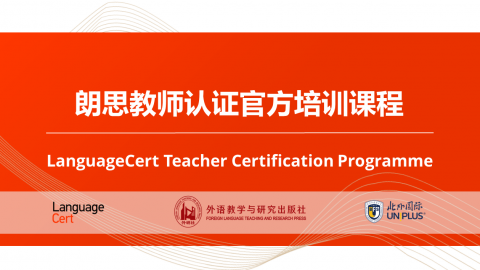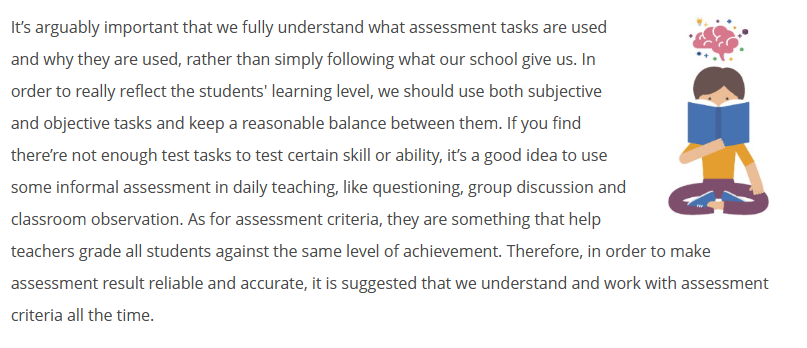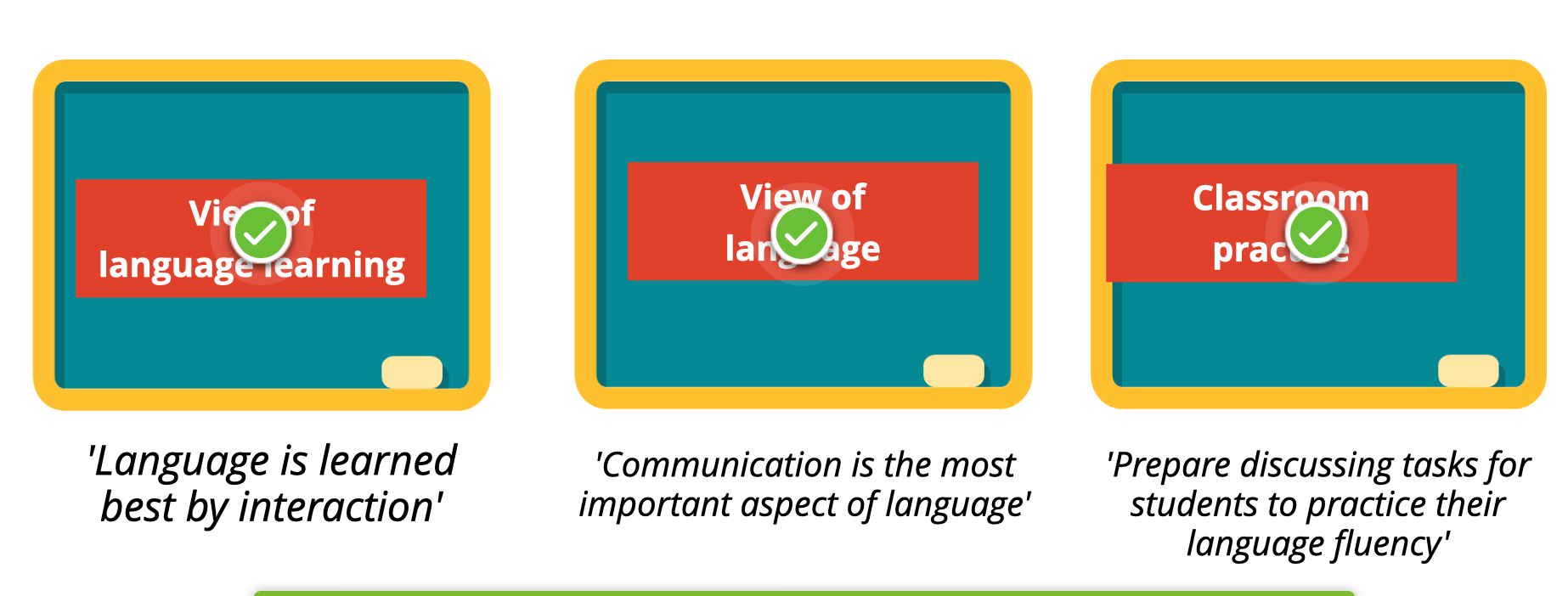备考建议
A2
Listening 听前仔细读懂题目要求和选项 预判文章主题和大意 划出题目中的关键词帮助记忆关键信息 文章顺序与题目相同 第四部分标题就是文体
听中 理解大意 完成一题快速看下一题 根据上下文猜测生词意思
听后 不确定时选最像的一个 注意字数要求
Reading
读前 明确任务类型 提前熟悉题型
读中 关注题目 完整阅读文章后答题 根据上下文猜测生词 划出关键词方便定位 注意时间
读后 尽量读第二遍检查 不空题
Writing
仔细审题 圈出关键词 确保涵盖所有要点
语法:使用短句 审题注意时态 留出检查时间
词汇:练习词汇 不同话题相关词汇 避免重复用同义词替换
结构:涵盖要点 开头结尾格式 连词避免重复
Speaking
完整度和连贯性:熟悉题型 自然表达尽量充分 不清楚时可以请求澄清 被打断时不紧张
语法:简单句 注意时态等语法
词汇:忘词时用同义词替换 练习主题相关词汇
语音语调:梳理一下再开口 发言过程中避免暂停和空白使用过渡语
B1
Listening
听前 冷静 读题和选项预判 圈出关键词定位 文章顺序和题目相同 注意标题
听中 把握大意 注意重音和语调 不空题 快速阅读下一题 根据上下文推测词义
听后 检查 不确定时使用排除法 多次检查 注意填答题卡
Reading
听前 熟悉题型 注意连词
读中 仔细阅读问题 通读文章 根据上下文推测词义 圈出关键词 获取关键信息
读后 再次阅读检查 不空题
Writing
完成:了解文体类型 圈关键词 列提纲 转述题目
语法 简单句 句法结构准确
词汇 使用高级词汇 避免宽泛而使用具体的词汇 检查
结构 分段每段2-3句 使用主题句和论点句 总结 使用多样化连词
Speaking
完成连贯 使用连词 恰当表达符合角色 没听懂大胆提问 避免短略问答
语法 避免中断 连贯体现语法应用能力
词汇 适当使用高级词汇 区分正式和非正式文体 不确定的词进行解释 避免重复
语音语调 组织语言打好框架 用英文思考 避免停顿使用过渡语 结合个人经历进行描述和论述
B2
Listening
听前 冷静专注 读题预测 注意字数要求 圈关键词并定位 信息在文中顺序与题目一致
听中 抓住要点 注意重音和语调 根据上下文推测词义
听后 排除法 检查 答题卡
Reading
前 明确题型 阅读策略 泛读精读 连接词
中 通读 推测词义 圈重点 同义替换 题目顺序与文本相同
后 再读检查 不空题
Writing
完成度
语法
词汇
结构


 u4-2
u4-2


